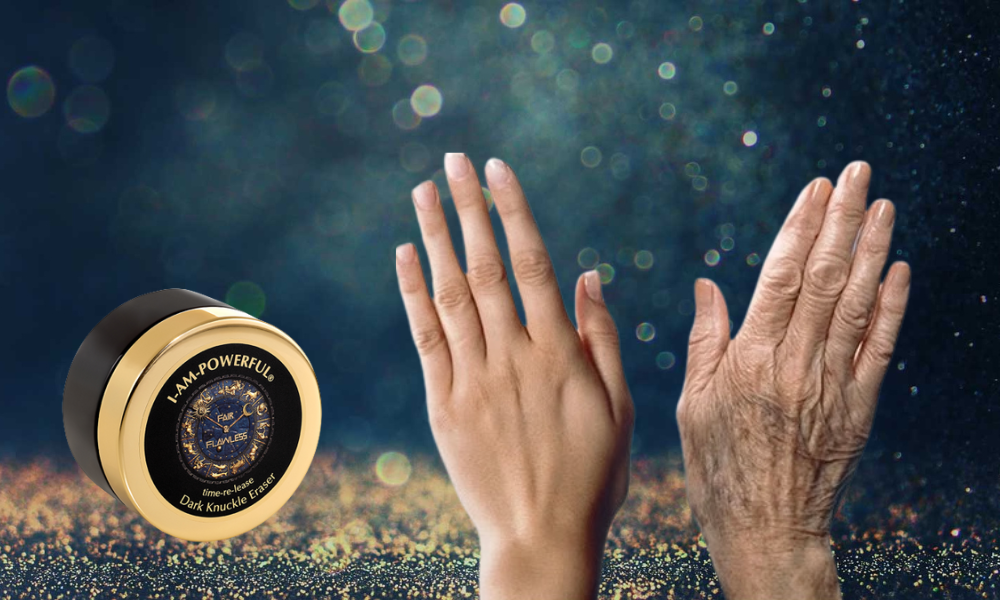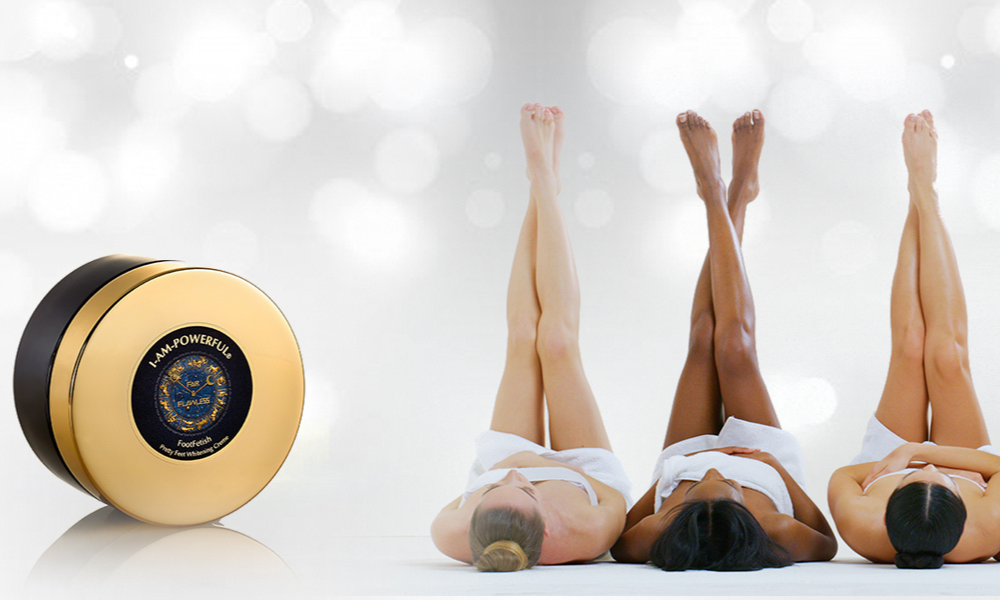The Most Effective Treatment For Pigmentation to Try This Spring
The weather is getting warmer which means you want to show more skin. If you’re suffering from marks or patches of pigmentation, they can make you want to keep all your layers of clothing on during bikini season. Before you do, though, it’s worth knowing that there’s one pigmentation treatment that is more effective than others, and definitely worth your time!

If you’re dealing with pigmentation, chances are you’ve had it before because pigmentation tends to recur. There are quite a few methods you can try to keep it away for good. Here is a breakdown of the most common ones:
Common Treatments
1. Natural Homemade Recipes
There are probably ingredients in your home right now that are natural skin whiteners. Applying these to your face regularly can help to break down melanin production in the skin and fade dark spots. Ingredients such as lemon and honey, aloe, and gram flour, are all popular for lightening the skin. However, if you are going to go the natural DIY route, you need to understand that it will take time for your skin to lighten. This is because the ingredients in their raw form will not have much power to eliminate the dark spots and make your skin brighter.
2. Chemical Peels
A more invasive treatment, chemical peels are often touted as effective treatment for pigmentation. This is because they remove the surface layer of skin where pigmentation resides, with the use of intense exfoliation. However, your skin can take several days to heal after a chemical peel. Side-effects can include dryness, redness and even swelling or blisters in the case of a medium peel that is more invasive. This makes it quite complicated and troublesome for your skin, especially since it’s unrealistic to hide at home until your skin heals.

3. Lasers
You might have heard of the use of lasers to treat pigmentation. One of the ways in which to remove pigmentation is with ablative lasers. These actually eliminate the surface layers of skin. There are also fractional lasers that can be used to target specific areas of pigmented skin. However, the problem with treating pigmentation such as melasma with lasers is that it tends to recur as the skin condition can be quite stubborn in nature. So, it might not be worth your time or money - and laser treatment can be thousands of dollars - to treat your skin pigmentation with lasers.
4. Chemical Skin Lotions
There are some chemical ingredients that have become quite popular in the treatment of pigmentation. However, these are essentially toxins that can damage your skin, causing darker areas or even ochronosis, a darkening of the skin that is not treatable. Many chemicals have been banned in some countries because of the dangers they pose. Although such chemical skin lighteners promise fast and effective results, it’s not worth the risk to use them.

After learning about, or perhaps even trying, one or more of these treatments, you might feel at a loss. How are you supposed to treat pigmentation effectively if so many methods result in ugly side-effects or don’t work in the long-term?
The Best Treatment for Skin Pigmentation
The most effective treatment for pigmentation is to use natural skin-lightening products. These are gentle on your skin with their botanical ingredients, while being formulated by skin experts so that you can rid yourself of pigmentation. Many of these natural skin creams contain other skin-boosting ingredients too, such as Vitamin C for collagen production and chamomile to soothe redness, allowing you to embrace vibrant, clear and, most importantly, healthy skin. When using skin-lightening creams, remember to look after your skin with broad spectrum SPF as such products can make you more vulnerable to the UV rays.
Eliminate pigmentation and celebrate clear, gorgeous skin this spring. Instead of feeling disheartened by pigmentation treatments that don’t work as well as you’d like, start using a natural skin-lightening cream to bring lasting radiance into your skincare routine.










